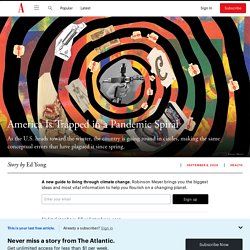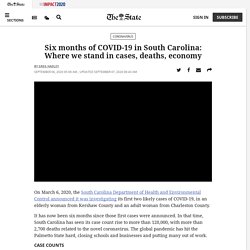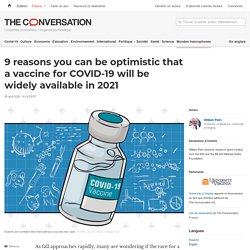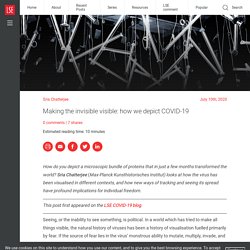

America Is Trapped in a Pandemic Spiral. Editor’s Note:The Atlantic is making vital coverage of the coronavirus available to all readers.

Find the collection here. Updated at 5:28 p.m. ET on September 13, 2020. Army ants will sometimes walk in circles until they die. The workers navigate by smelling the pheromone trails of workers in front of them, while laying down pheromones for others to follow. The U.S. enters the ninth month of the pandemic with more than 6.3 million confirmed cases and more than 189,000 confirmed deaths. Many Americans trusted intuition to help guide them through this disaster. These conceptual errors were not egregious lies or conspiracy theories, but they were still dangerous. “The grand challenge now is, how can we adjust our thinking to match the problem before us?” The spiral begins when people forget that controlling the pandemic means doing many things at once. 1. Stay-at-home orders dominated March. As often happens, people sought easy technological fixes for complex societal problems.
Cases, deaths from six months of coronavirus in SC. On March 6, 2020, the South Carolina Department of Health and Environmental Control announced it was investigating its first two likely cases of COVID-19, in an elderly woman from Kershaw County and an adult woman from Charleston County.

It has now been six months since those first cases were announced. In that time, South Carolina has seen its case count rise to more than 120,000, with more than 2,700 deaths related to the novel coronavirus. The global pandemic has hit the Palmetto State hard, closing schools and businesses and putting many out of work. After those first two likely cases were announced, it took two weeks for DHEC to report more than 100 confirmed cases, which it did on March 20. Just 11 days later, on March 31, South Carolina hit 1,000 confirmed cases.
Over the next month, DHEC would report a little more than 5,000 more cases. Into the month of June, case counts started to rise. On July 11, DHEC reported the first death of a child related to COVID-19 in the state. 9 reasons you can be optimistic that a vaccine for COVID-19 will be widely available in 2021. As fall approaches rapidly, many are wondering if the race for a vaccine will bear fruit as early as January 2021.

I am a physician-scientist and infectious diseases specialist at the University of Virginia, where I care for patients and conduct research into COVID-19. I am occasionally asked how I can be sure that researchers will develop a successful vaccine to prevent COVID-19. Closer to Van Eyck.
Our Brains Struggle to Process This Much Stress. Here’s how to pull yourself out of despair and live your life It was the end of the world as we knew it, and I felt fine. That’s almost exactly what I told my psychiatrist at my March 16 appointment, a few days after our children’s school district extended spring break because of the coronavirus. I said the same at my April 27 appointment, several weeks after our state’s stay-at-home order. This is a great graphic of #COVID19 risks. The key risk factors are: 1) Enclosed spaces 2) Long interactions 3) Crowded spaces 4) Forceful exhalation So stay outside in sparse spaces without any yelling or singing for brief durations.
How to Understand COVID-19 Numbers. ProPublica is a nonprofit newsroom that investigates abuses of power.

Sign up to receive our biggest stories as soon as they’re published. It’s the middle of the summer, and the coronavirus has not gone away. When the pandemic first began, some had hoped that there’d be a lull during the summer, with the heat knocking the virus into submission, but it has continued its march across America, with outbreaks flaring across the southern and southwestern states. Arguments have also become part of the daily discourse, with people debating over case counts and death tolls, how the trends should be interpreted and whether the reported numbers can even be trusted. Making the invisible visible: how we depict COVID-19. How do you depict a microscopic bundle of proteins that in just a few months transformed the world?

Sria Chatterjee (Max-Planck Kunsthistorisches Institut) looks at how the virus has been visualised in different contexts, and how new ways of tracking and seeing its spread have profound implications for individual freedom. This post first appeared on the LSE COVID-19 blog. Seeing, or the inability to see something, is political. In a world which has tried to make all things visible, the natural history of viruses has been a history of visualisation fuelled primarily by fear. If the source of fear lies in the virus’ monstrous ability to mutate, multiply, invade, and in some accounts, carry the threat of foreign or alien chemical contagion, its fiercest weapon is its cloak of invisibility – its ability to do all of this unseen by the human eye. I think @KristenNolting @kait_a_gallaghr @K_T_Taylor @mimulusly will like this one.....we need some comic relief □□ #Rona.
Info. Curves for the 1918 flu pandemic.